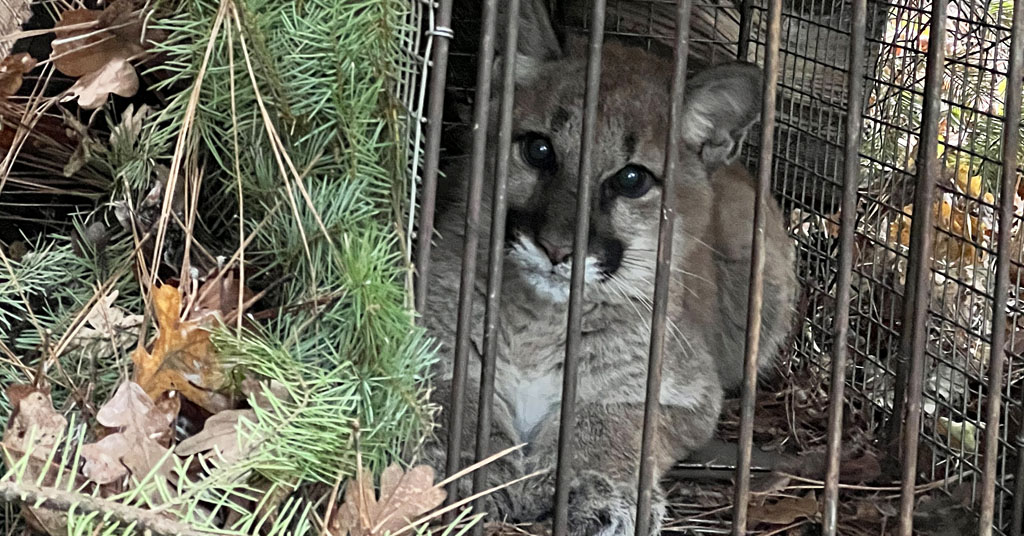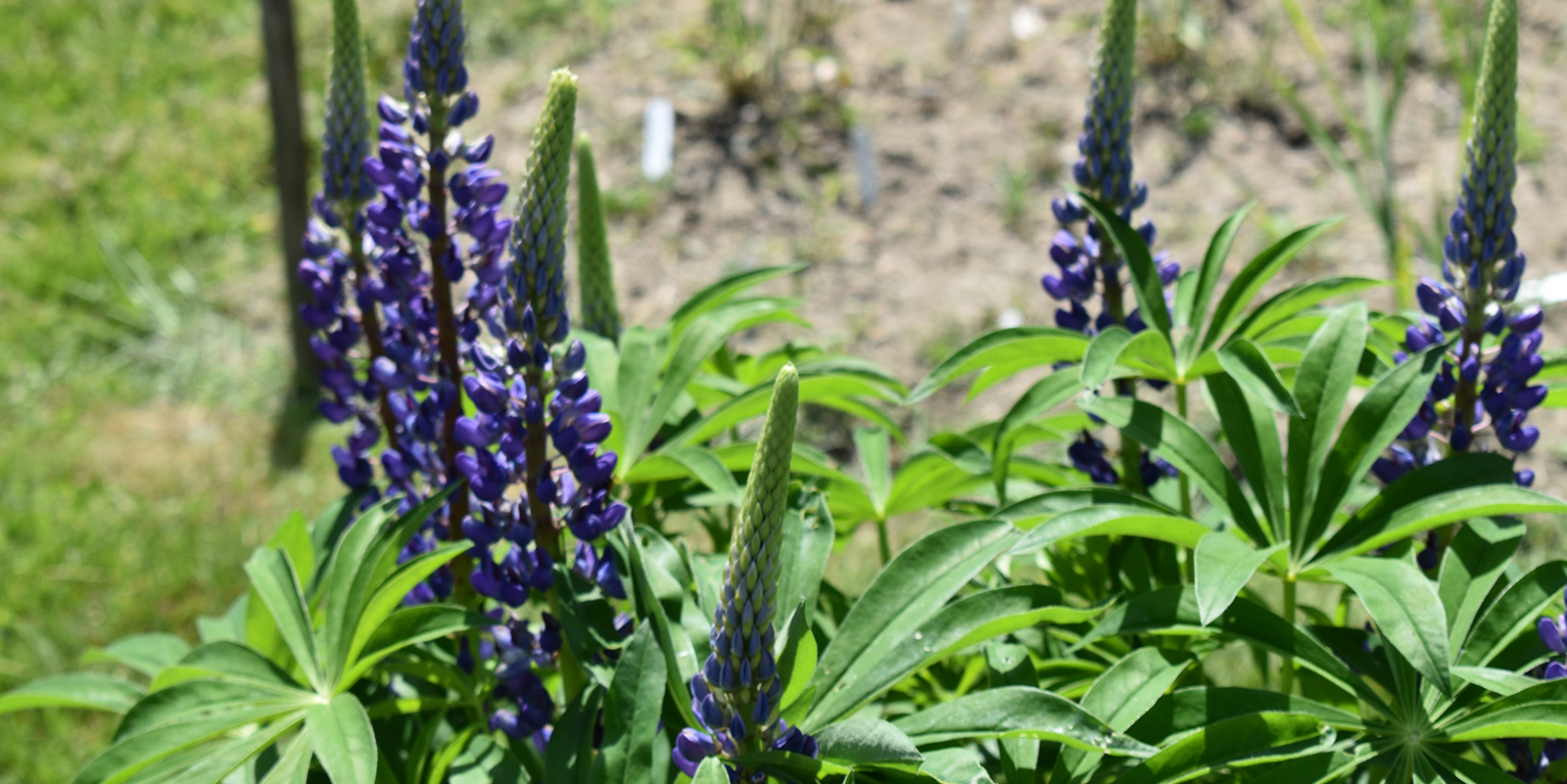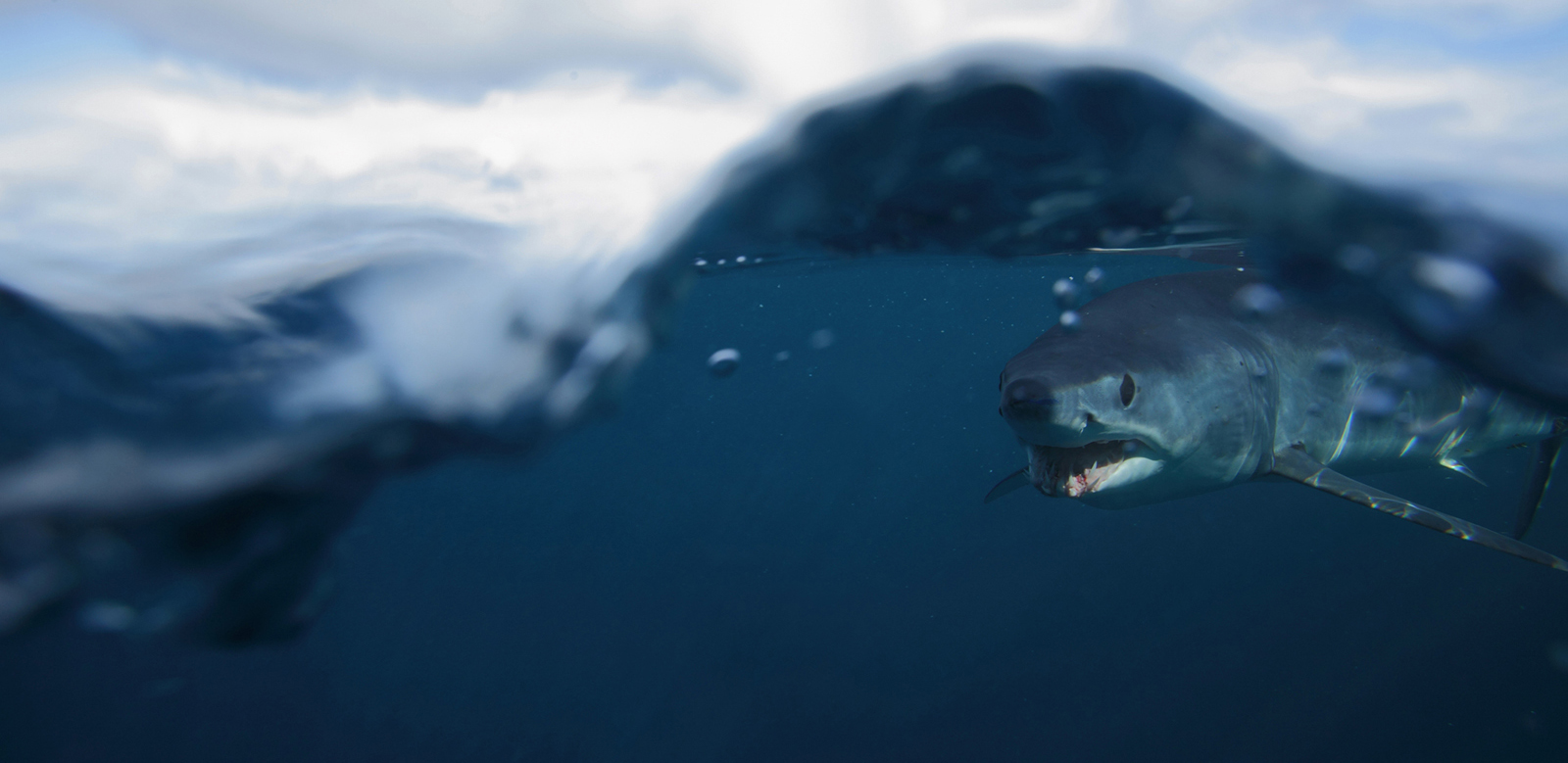Narragansett Bay Warming Causes Seasonal Shift in Jellyfish-Like Zooplankton-Devouring Creature
September 6, 2020
Nearly 50 years of weekly trawl surveys in Narragansett Bay have revealed changes in the seasonal activities of ctenophores — small, non-stinging, jellyfish-like creatures — that have implications for the health of the bay’s fish populations.
Scientists at the University of Rhode Island and Rutgers University report in the Journal of Plankton Research this month that while numbers of the ctenophore Mnemiopsis leidyi haven’t increased, as had been speculated, higher temperatures in the bay have led them to be more prevalent earlier in the spring and later in the fall than previously observed.
And because they feed voraciously on copepods — zooplankton near the bottom of the food chain, upon which many young fish feed — they are likely limiting the amount of food available to larval fish. Ctenophores also eat fish eggs and some larval fish, which also could impact fish populations.
Barbara Sullivan-Watts, emerita marine research scientist at URI’s Graduate School of Oceanography and an adjunct professor of biology at Providence College, who manages the survey data, calls ctenophores “big bags of water that aren’t terribly nutritious, so very few predators will eat them.”
Rather than using venom to capture prey, ctenophores use sticky cells like flypaper to subdue potential victims. They propel themselves by waving tiny comb-like cilia — hence their nickname, comb jellies — and they are bioluminescent, which makes them glow in warm temperatures.
The animals have been collected from the same location in Narragansett Bay nearly every week since 1972 using a cone-shaped net that is pulled by hand from the bottom of the seafloor to the surface. The work was started by the late Ted Smayda, an international expert on plankton at the Graduate School of Oceanography, and continued by Sullivan-Watts. It’s one of the longest-running quantitative plankton studies in coastal waters in the world.
Ctenophores don’t feed or reproduce until water temperatures approach 50 degrees Fahrenheit, and their activity levels and reproduction rates increase as temperatures rise through mid-summer. In the first decades of the survey, that meant the peak of their reproduction — or what scientists call a bloom — was in July. But now, after years of increasing temperatures, their blooms occur many weeks earlier. In recent years, they have also had a second bloom in early fall.
“They’re dormant and slow and lazy in winter, but once conditions get favorable and the ecosystem begins ramping up with phytoplankton blooms and copepods increasing, that’s when ctenophore abundance increases and they’re rapidly feeding. That’s when they start to reproduce,” said Emily Slesinger, a doctoral student at Rutgers who analyzed the data. She participated in the data collection in 2014 while, as an undergraduate at the University of California at Santa Cruz, spending the summer at URI.
“In winter, they just hang around until they starve to death or disintegrate and disappear,” Sullivan-Watts said. “They stop reproducing in winter and spend that time in shallow embayments most years.”
If ctenophores are active and reproducing for a longer period of time than they used to be, then why haven’t their numbers increased? The researchers aren’t certain.
Sullivan-Watts said that it could be because of the 50 percent reduction in nutrients being discharged into the bay from wastewater treatment plants since 2005. That may have affected the abundance of phytoplankton, limiting food available to zooplankton like copepods, and ultimately decreasing the availability of food to ctenophores. The scientists have detected a slight decrease in the abundance of ctenophores in the bay in the last few years, which may be the result of this cascade of events.
While that cascade hasn’t yet been proven, what is known is that some species of copepods that used to be abundant in Narragansett Bay are now less common because so many are eaten by ctenophores.
“It appeared that the copepods might suffer a permanent decline,” Sullivan-Watts said. “More data is needed to determine if the copepods are also changing their seasonality to escape predation by the ctenophores.”
Despite the changes in the timing of ctenophore activity and their impact on copepods and fish, Sullivan-Watts said she isn’t sure there will be a long-term impact on the bay ecosystem.
“It’s not a catastrophe; it’s just a change,” she said. “We don’t really know how this change perpetrates itself on other elements of the food web.”
The introduction of the ctenophore to European waters hasn’t been as benign, however. Beginning in the Baltic Sea in the 1980s and spreading elsewhere, they reproduced explosively and contributed to the collapse of fisheries throughout the region.
To get a clearer picture of their impact in Narragansett Bay will require the continuation of the long-term data collection on which the new research is based.
“Time-series studies like this are tremendously important to tracking our environment,” Sullivan-Watts said. “If you don’t have people continuously taking data the same way year after year, you don’t know what has changed.”
Rhode Island resident and author Todd McLeish runs a wildlife blog.



